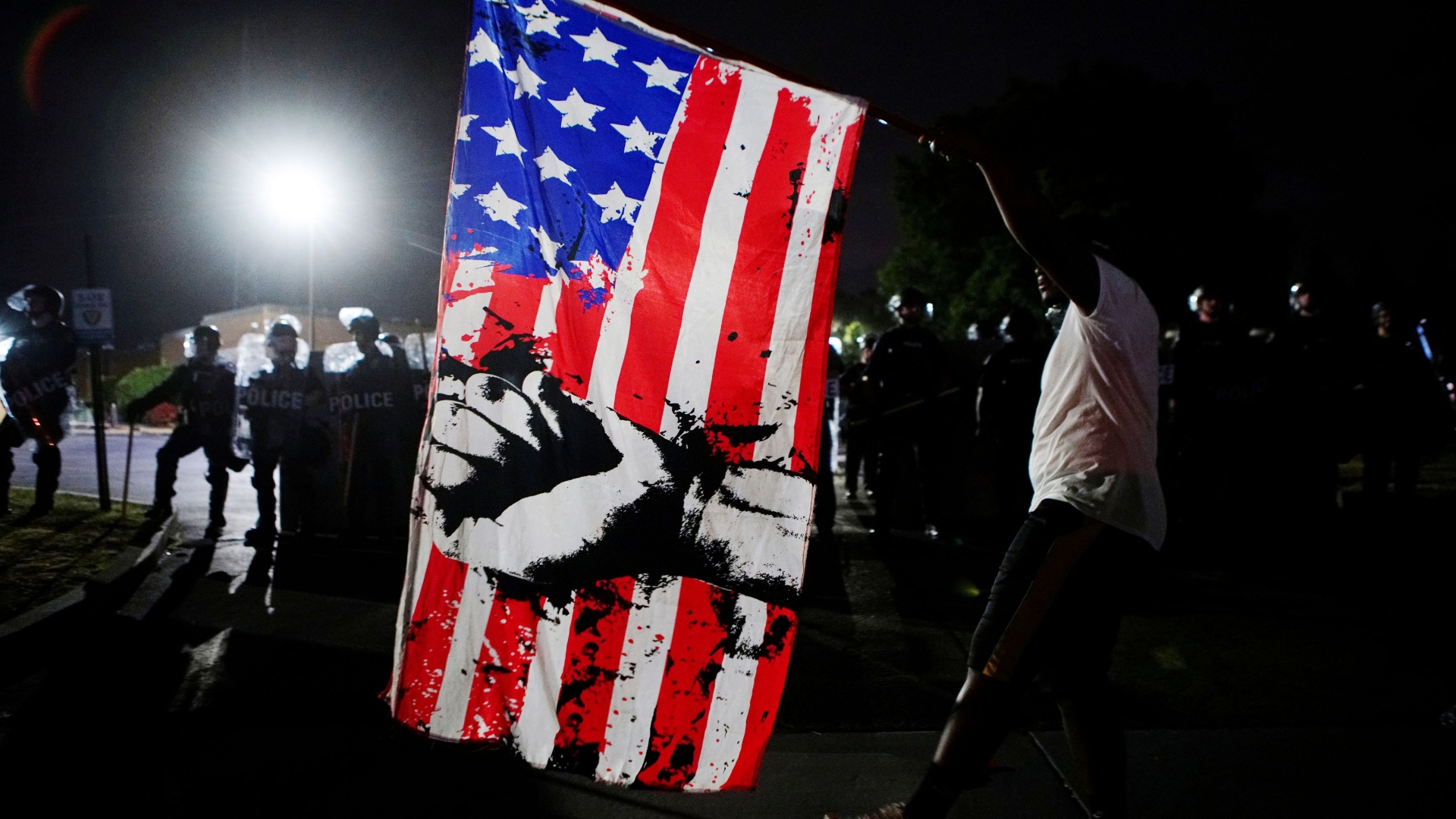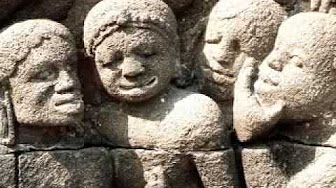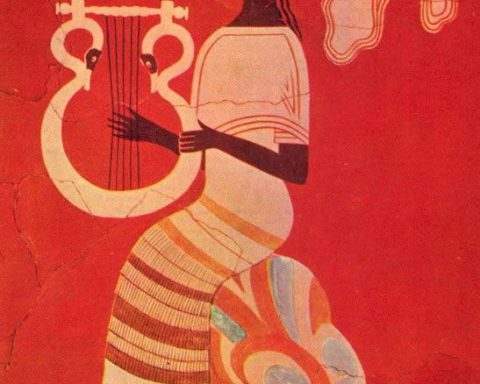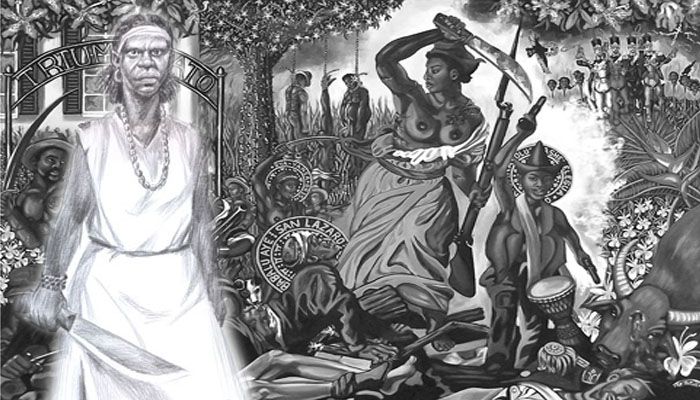
The 1800s, in the Americas and Europe, was a fascinating and occupied period, loaded up with honourable opposition and rebellions from Dark people everywhere throughout the world. By then, subjugation had been cancelled but was as yet drilled in numerous pieces of America and Europe.
Dark people, relatives of Africans taken into subjection, and the newly enslaved people, were getting bolder in their requirement for an opportunity from the brutal medications on the ranch in the Caribbean. The Caribbean and America were the places Africans endured the most because of slave experts and manor supervisors.
Be that as it may, regardless of how hard the white enslavers attempted to break the soul of the Dark individuals, the versatile Dark soul battled back. Every time there was a revolt, it stunned and reminded the white enslaved that “the soul of the Africans were as hard as the back of a thousand years of age Iroko tree.”
As the years passed, an ever-increasing number of Africans revolted. Even though their pioneers were gotten and executed at times, as a rule, the oppressed Africans were awakening forcefully. It was in that undeterred interest for an opportunity that the legend and accomplishments of Carlota Lucumi were conceived.
A landmark in recognition of Carlota’s upheaval
Carlota was enslaved starting in 1843 while working and subjugating in sugar ranches in Matanzas, Cuba, called Triunvirato. By then, her rank had ascended among the oppressed Africans. Thus she had some impact on the network of the enslaved people. In this way, for a considerable time, she and five different enslaved people intended to rebel against their lords.
Her partners were named Firmina (a lady), Filipe Lucumi, Eduardo, Narciso, and Manuel Ganga. They stroke on November 5 1843, setting various houses on their manor ablaze, including the place utilized in rebuffing enslaved people. They assaulted the City hall leader and Julian Luis Alfonso, the sole proprietor of the estate.
The story of courage and revolt of Carlota spread quickly all through Cuba. Furthermore, more than five ranches afterwards had their slaves ascending and slaughtering the same number of white enslavers as they could discover. They were hungry for the opportunity, and they took it by power.
Carlota was so wild in the fight that she praised the achievement of her upset by striking down the little girl of a manager with her blade. The regulator’s girl was named María de Regla.
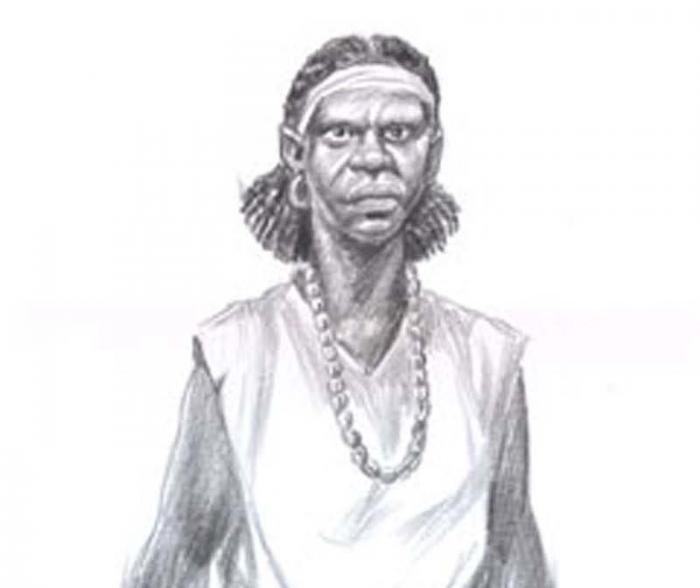
The transformation seethed on, caught by white officers and tormented. They attached her body to her steeds and constrained them to drag her till she kicked the bucket at the point when her adherents discovered her body on the morning of November 6, 1943. On the Triunvirato domain, they were annoyed and revolted furiously, raged the bequest executing the same number of whites as they saw. The insurgency would end as the white officers overwhelmed the Blacks with their unrivalled capability.
The revolt finished after Carlota’s passing, yet its inheritance lived on and was the significant inspiration for the Cuban freedom battle. Her resistance sent a hard stun to the core of the white society in Cuba.
Till today, Carlota is a significant component in Cuban history for her job in driving probably the most considerable revolt during subjection.
She was kidnapped at ten from the Kingdom of Benin, where she was conceived and taken into subjection. One would expect that the brutal substances of servitude would have broken the flexible African soul of a 10-year-old lady. However, it didn’t. From that young age, she needed opportunity. Moreover, she grew up to become a wild warrior and emancipator.
Her last name Lucumi is gotten from her ethnic gathering. The Lucumi individuals, Afro-Brazilians, plummeted from the Yoruba of present-day Nigeria and the Benin Republic. Their clan was enormously dreaded in Cuba, much like the Maroons. They were known for driving rebellions and building up their settlements.

